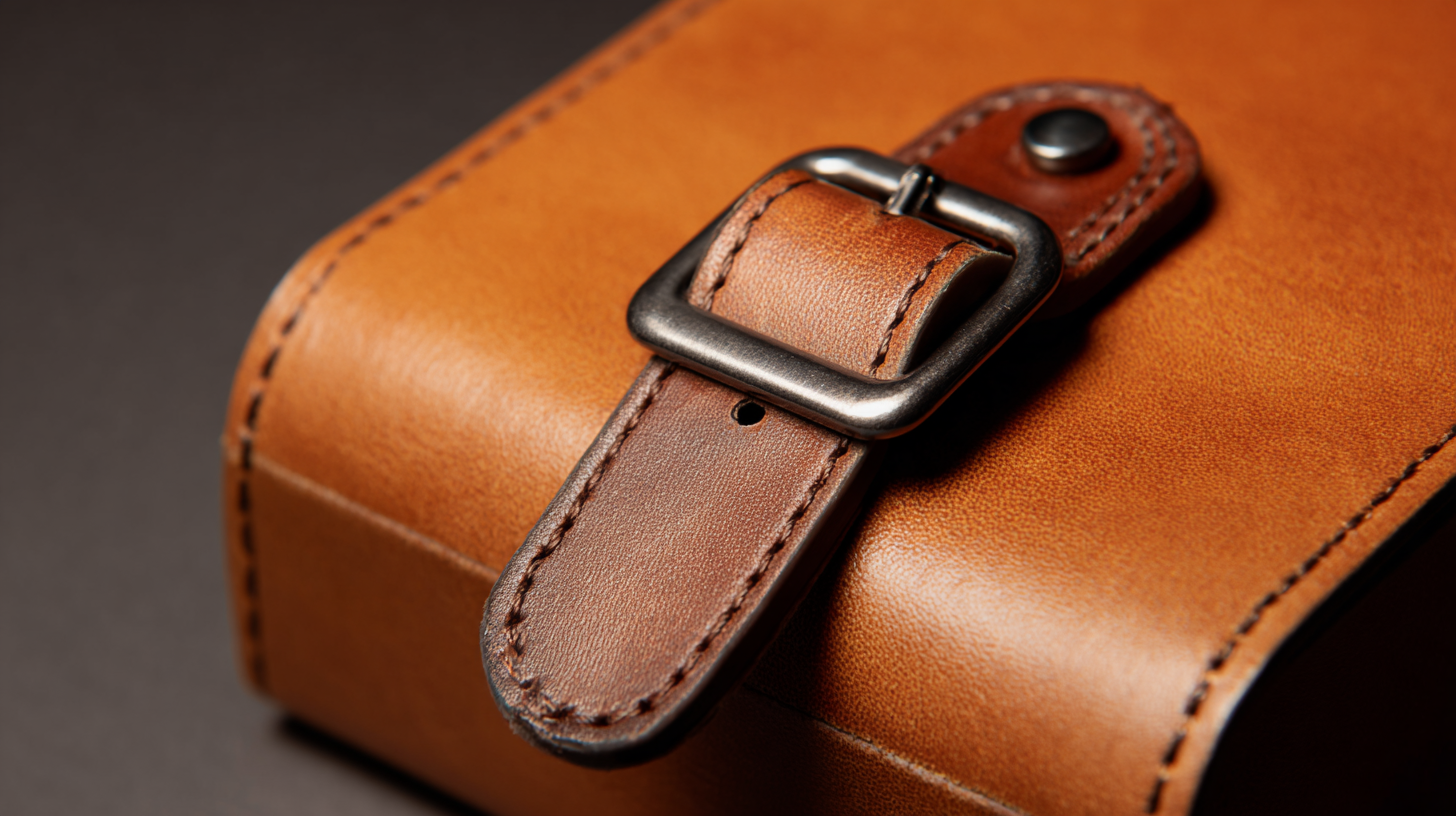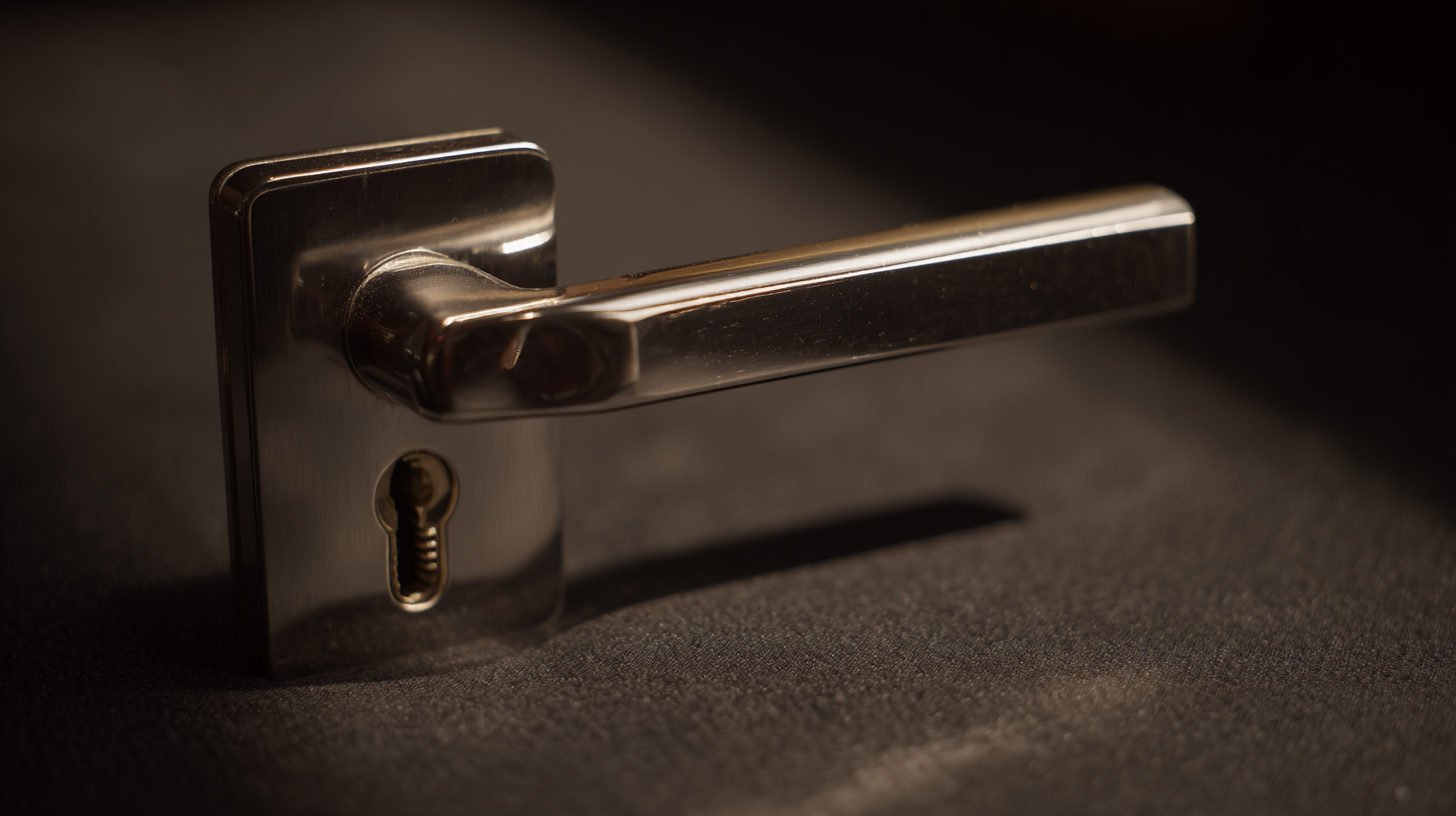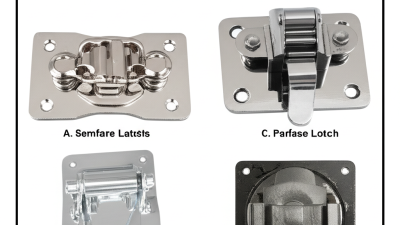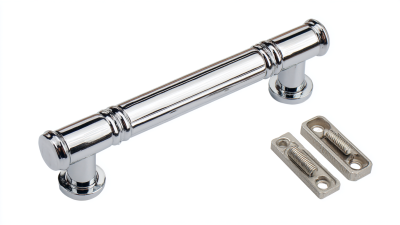Leave Your Message
Selecting the perfect case handle is crucial for ensuring both functionality and aesthetics in various applications, ranging from luggage to toolboxes. A well-chosen case handle not only enhances the user experience but also contributes to the overall durability and performance of the product. With a multitude of options available in the market, understanding key factors such as material, ergonomics, and design becomes essential. This guide aims to provide insightful industry perspectives and practical tips to help you navigate the selection process. By considering these elements, you can confidently choose a case handle that meets your specific needs and enhances the usability of your case, ultimately leading to greater satisfaction and efficiency. Whether you are a manufacturer, designer, or consumer, making informed decisions about case handles will ensure that your products stand out in a competitive landscape.

When selecting the perfect case handle, understanding the variety of materials and designs available is crucial. Common materials used for case handles include plastic, metal, and wood. According to a report by Freedonia Group, the demand for plastic case handles is expected to grow by 3% annually, driven by their lightweight and cost-effective nature. Metal handles, often made from aluminum or stainless steel, provide a sturdy option, appealing to industries where durability is paramount. The same report highlights that the use of metal in case handles is projected to rise due to an increasing focus on premium product presentations.
Design also plays a significant role in functionality and aesthetics. Ergonomic designs, featuring comfortable grips and easy-to-use mechanisms, enhance user experience—something that has gained attention in consumer reports. A survey by the International Association of Industrial Designers found that 65% of users prioritize comfort and ergonomic features when selecting case handles. Additionally, customizable designs, such as those that can be branded or color-matched, are gaining traction, particularly in the promotional product market. As businesses continue to focus on personalization, understanding these trends is essential for making informed choices in case handle selection.

When selecting the perfect case handle, comfort and ergonomics play a pivotal role in ensuring user satisfaction and efficiency. According to a recent industry report by the Ergonomics Research Society, nearly 65% of users experience discomfort when using handles that do not conform to ergonomic standards. This discomfort can lead to decreased productivity and increased fatigue, especially in professional settings where tools are used for extended periods.
Ergonomic handles are designed to fit the natural grip of the hand, distributing pressure evenly and reducing strain. Studies indicate that handles with an ergonomic design can reduce the risk of repetitive strain injuries by up to 30%. Key factors to consider include the diameter, texture, and shape of the handle, as well as the material used. A handle that provides a comfortable grip can significantly enhance performance and reduce the potential for injuries, making it crucial for manufacturers to prioritize these elements in their designs.
When selecting the perfect case handle, assessing durability and performance is essential. According to a report by the American Society for Testing and Materials (ASTM), handles need to withstand rigorous usage, withstanding loads of up to 150 pounds without significant wear. This durability ensures that the handle can endure daily operations and perform reliably over time. Industry standards, such as those set by the International Organization for Standardization (ISO), emphasize the use of high-quality materials, including aluminum alloys and reinforced plastics, which enhance longevity while minimizing weight.
**Tips:** When evaluating case handles, pay close attention to the material specifications. Handles made from high-grade stainless steel or aerospace-grade aluminum typically offer superior strength and corrosion resistance. It’s also advisable to look for handles that have been tested to meet or exceed applicable safety standards, as this can give you confidence in their performance.
Another crucial factor is ergonomic design. A study published in the Journal of Ergonomics suggests that handles with an optimal grip circumference can reduce hand fatigue by up to 30% during prolonged use. Therefore, selecting a handle that fits comfortably in the hand can significantly improve user experience and efficiency.
**Tips:** Test the handle in real-world scenarios to determine comfort and usability before finalizing your choice. A comfortable handle can make a significant difference in productivity and prevent injuries caused by repetitive strain.

When designing a case, the aesthetic impact of the handle cannot be overlooked. Case handles are not merely functional; they play a crucial role in the overall design language of the product. Whether opting for a sleek, minimalist handle or a more ornate design, the choice of material and style can significantly influence the visual appeal. For instance, a wooden handle can evoke a sense of warmth and tradition, while a metallic finish might convey modernity and sophistication.
Tips: When selecting a handle, consider the color scheme and texture of your case. A handle that harmonizes with the other elements can create a coherent look. Additionally, think about the proportions; a handle that is too large or too small can disrupt the design balance, making it feel awkward or out of place.
Another aspect to consider is how the handle complements the intended use of the case. For heavy-duty applications, robust handles that can withstand wear and tear will not only serve practical needs but can also enhance the rugged aesthetic. Ultimately, the right case handle should blend beauty with functionality, making it an integral part of the design rather than an afterthought.
Tips: Experiment with prototypes to see how different handle styles affect the overall look. Sometimes, subtle changes in shape or finish can dramatically transform the perception of the entire case.
When selecting case handles, the balance between cost and quality is crucial for manufacturers. According to a report by IBISWorld, the case handling equipment market is expected to grow at an annual rate of 3.5% through 2025. This growth indicates a rising demand for durable handles that do not compromise on affordability. Companies are increasingly looking for handles that provide strength and longevity while also being cost-effective, with average prices for high-quality case handles ranging from $3 to $10, depending on material and design.
In a survey conducted by the Association for Manufacturing Technology (AMT), 65% of companies cited quality as a primary deciding factor in their purchasing decisions. They found that investing in premium materials, such as nylon or reinforced plastics, often leads to lower replacement costs over time, ultimately saving businesses money. An initial higher expenditure can yield better performance and durability, suggesting that a well-considered approach to handle selection can significantly impact both operational efficiency and budget management.
| Material | Cost per Handle ($) | Durability (Years) | Weight (grams) | Suitable Cases |
|---|---|---|---|---|
| Plastic | 1.50 | 2 | 50 | Lightweight Cases |
| Aluminum | 3.00 | 8 | 80 | Medium to Heavy Cases |
| Stainless Steel | 5.00 | 15 | 90 | Heavy-Duty Cases |
| Wood | 4.00 | 10 | 120 | Specialty Cases |
| Composite | 2.50 | 7 | 70 | Versatile Cases |






